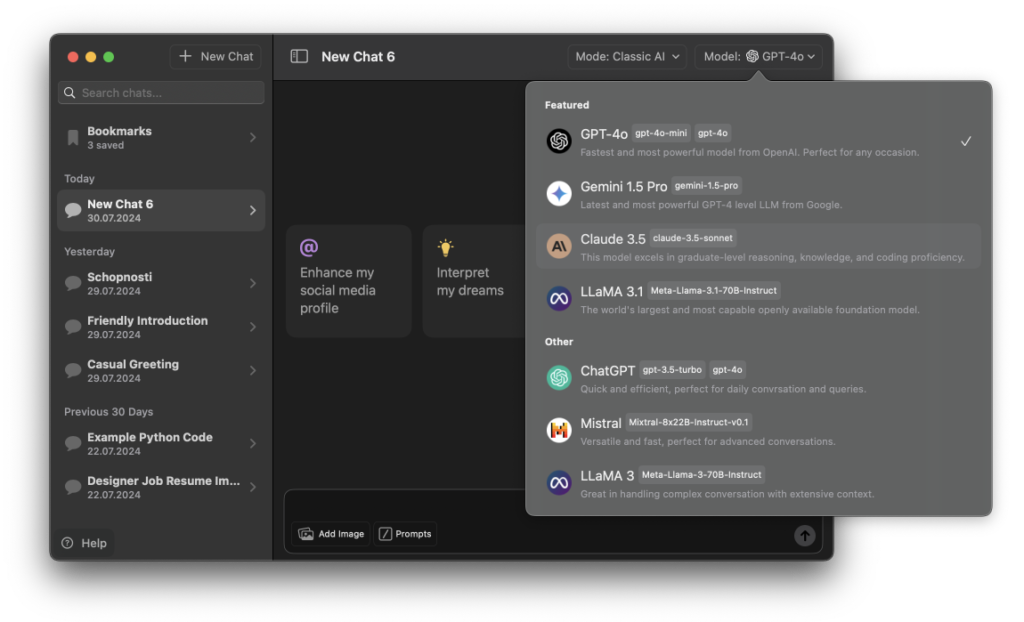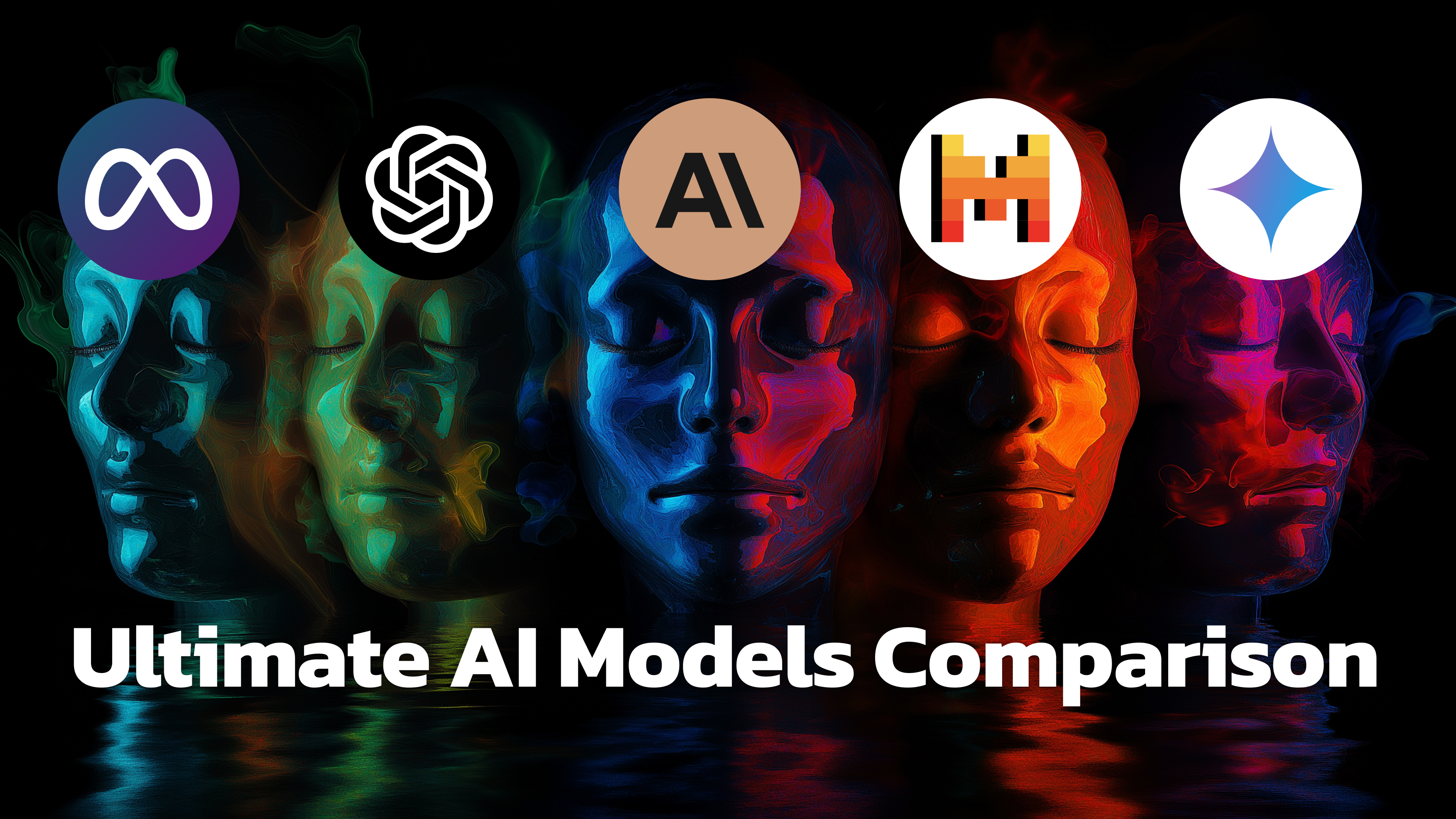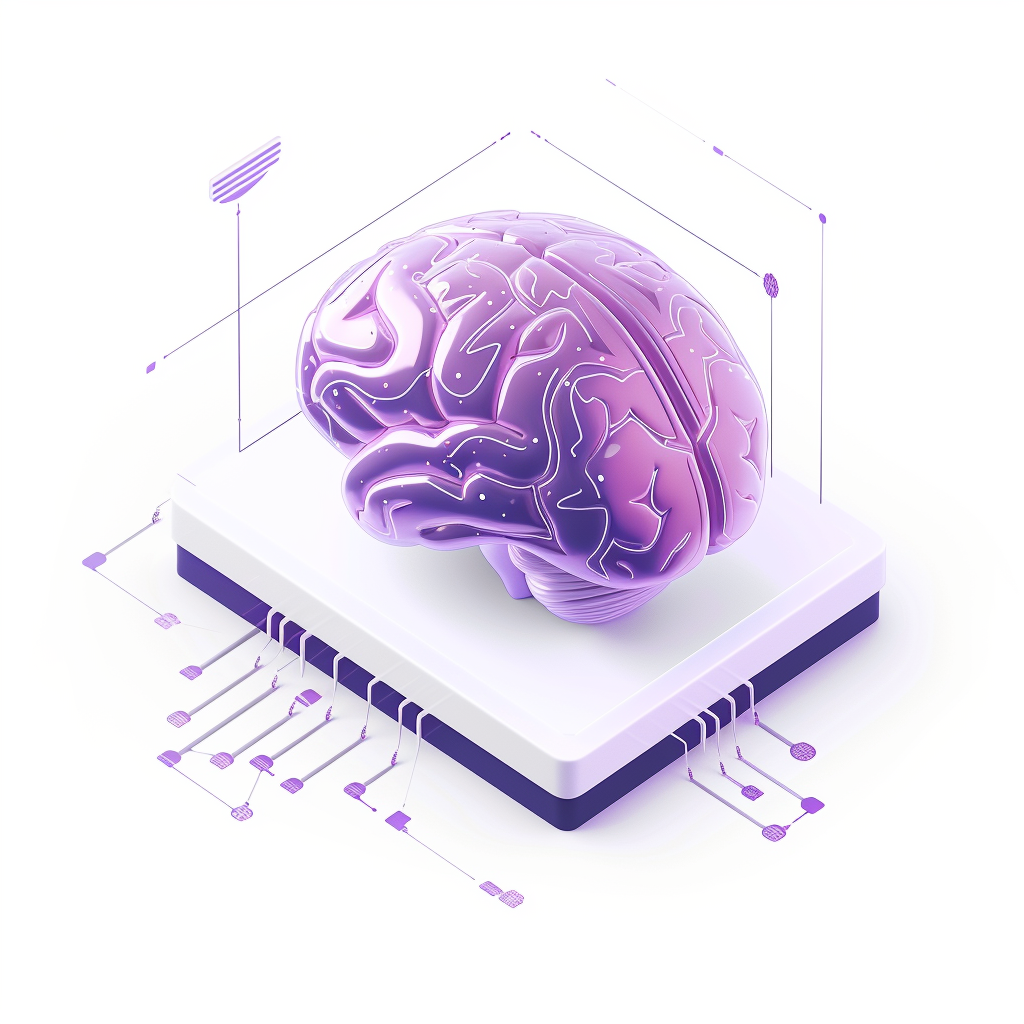We hear about Artificial intelligence (AI) everywhere these days… You can’t escape it—whether you’re scrolling through social media, reading the news, or even talking to your smart devices.
According to a report by PwC, AI is expected to contribute $15.7 trillion to the global economy by 2030. While these numbers seem remarkable, they also portray a deep insight into the profound impact of AI, which is speculated to become part of almost all industries soon.
Notably, one of the most significant advancements in AI has been the development of large language models (LLMs). These powerful tools have revolutionized natural language processing, enabling machines to understand, interpret, and generate human-like text accurately.
LLMs have found applications in various industries, from customer service chatbots to content creation and even the most highly professional industry, like medical diagnosis.
The availability of vast amounts of data, advancements in computing power, and the development of more sophisticated algorithms have made AI-powered solutions increasingly accessible and affordable for businesses of all sizes.
A recent study by McKinsey found that 55% of business leaders reported that their organizations have already adopted AI to gain a competitive edge.
Most of the time when we talk about AI, we mean ChatGPT but did you know that there are several other Large Language Models (LLMs) such as ChatGPT that are comparably good and some of them even better in certain areas?
With the increasing widespread adoption of AI, like fire, users of all categories need to understand the differences between the various LLMs available so they can make a perfect decision and not be lost in the noise of so many available AI models.
In this article, we will compare five of the most prominent models:
- GPT-4o
- Gemini 1.5 Pro
- Claude 3.5 Sonnet
- Llama 3.1
- Mistral Large 2
By the end of this article, you will understand each model’s strengths and weaknesses, allowing you to make informed decisions about which best suits your specific needs.
Models of Artificial Intelligence That You Should Know in 2024
GPT-4o
GPT-4o is the latest iteration of OpenAI’s groundbreaking language model, released in 2024. The model is built upon the successes of its predecessors.
OpenAI, founded in 2015, has been at the forefront of AI research and development, aiming to ensure that artificial general intelligence (AGI) benefits all of humanity. The organization has gained recognition for its commitment to safety and ethical AI practices, making it a trusted name in the industry.
- Latest Version: Released in 2024, GPT-4o is OpenAI’s most advanced model, building on the foundation laid by its predecessors.
- Multimodal Capabilities: Unlike earlier models that primarily focused on text, GPT-4o can process multiple forms of input, including text, images, audio, and video. It is versatile and can be used in a wide range of applications like content creation, data analysis, and interactive media.
- Performance: GPT-4o has been shown to outperform most competing models across a wide range of evaluation metrics. It excels in tasks that require nuanced understanding and generation of content, making it suitable for complex applications like conversational agents, creative writing, and technical documentation.
- Large Context Window: With an extensive context window, GPT-4o can handle large amounts of text input. It is known for maintaining coherence over longer interactions, which is particularly useful in applications where context retention is crucial, such as customer support or long-form content generation.
- Improved Multilingual Performance: The model has enhanced capabilities in understanding and generating multiple languages. This particularly benefits businesses operating in diverse linguistic markets and global contexts.
- Response Speed: GPT-4o is reported to be twice as fast as its predecessors, which improves user experience in real-time applications.
- Evolutionary Stages:
- GPT-3.5: Released in 2022, this model had 175 billion parameters and set a new standard for conversational AI. It was primarily text-based.
- GPT-4: Launched in 2023, this version introduced multimodal capabilities and significantly increased the parameter count to over 100 trillion. It has an enhanced understanding and generation capabilities.
- GPT-4o Mini: A smaller, more affordable variant of GPT-4o, designed for users needing less computational power while benefiting from advanced features.
Gemini 1.5 Pro
Google DeepMind launched Gemini 1.5 model in February 2024 and it represents a significant advancement in AI language models. DeepMind, a subsidiary of Alphabet Inc., is renowned for pioneering artificial intelligence work, particularly in reinforcement learning and neural networks.
- Developed by Google DeepMind: Gemini 1.5 Pro is the latest iteration from Google, released in February 2024. It is seen as a significant advancement in AI capabilities, particularly in natural language processing, from Google.
- Input Context Window: It has a remarkable input context window of 1 million tokens. Gemini 1.5 Pro can analyze and generate responses based on extensive data. This is particularly useful for applications requiring deep context, such as legal document analysis or long-form content generation.
- Output Tokens: The model can generate up to 8,192 tokens in a single request, making it widely known for detailed and comprehensive responses. This is particularly beneficial for tasks like generating reports or summarizing large datasets.
- Performance: While Gemini 1.5 Pro excels in translation, coding, and reasoning tasks, it does not consistently outperform GPT-4o. However, it is a strong contender in specific use cases, especially those involving structured data and programming tasks.
- Integration with Google Apps: Another key advantage is its seamless integration with Google’s suite of applications (e.g., Google Docs, Sheets). This enhances its utility for users already embedded in the Google ecosystem, facilitating easier access to AI capabilities within those products.
- Gemini 1.5 Flash: This is a more affordable version of Gemini 1.5 Pro, designed for users who need basic functionalities without the higher costs associated with the Pro version. It supports a 1 million token context and offers a lower price point at approximately $0.35 per million tokens.
Claude 3.5 Sonnet
Claude 3.5 Sonnet is a state-of-the-art language model developed by Anthropic and released in June 2024. A former OpenAI researcher founded anthropic, which focuses on creating AI systems that prioritize safety and align with human values.
- Developed by Anthropic: Released in June 2024, Claude 3.5 Sonnet is part of Anthropic’s ongoing efforts to create safe and reliable AI models. They are known for their emphasis on ethical AI use and user safety.
- Input Context Window: With an input context window of 200,000 tokens, Claude 3.5 Sonnet can maintain context over lengthy interactions. It is also suitable for applications that require detailed analysis or long conversations.
- Output Tokens: The model can generate up to 4,096 tokens in a single response. It gives articulate and comprehensive answers. This is particularly useful in educational contexts, where detailed explanations are often required.
- Strengths in Specific Tasks: The model excels really well in mathematical reasoning, logical deduction, and document visual question answering (Q&A). Its ability to provide thorough reasoning makes it particularly useful in academic and research settings.
- Other Anthropic Models:
- Haiku: A smaller, more cost-effective version of the Claude series, designed for simpler tasks and applications.
- Opus: A larger, more capable version that focuses on advanced reasoning and complex task execution. It is mostly suitable for enterprise-level applications.
Llama 3.1
Llama 3.1 is Meta’s (formerly Facebook) latest offering. It is part of its ongoing Llama series, which aims to provide high-quality language generation capabilities. Meta, a social media and technology leader, has invested heavily in AI research, focusing on creating models that can understand and generate human-like text across various contexts.
- Part of Meta’s Llama Series: Llama 3.1 is the latest version from Meta (formerly Facebook), released in April 2024. It aims to provide high-quality language generation capabilities, on general capability level.
- High-Quality Output: Llama 3.1 offers performance comparable to GPT-4o and Claude in various tasks, particularly in generating coherent and contextually relevant text. It is suitable for content creation, social media, and customer engagement applications.
- Limitations in Reasoning: Despite its strengths, Llama 3.1 has been rigorously tested, and it cam to light that it struggles with complex reasoning tasks and trick questions, which can limit its effectiveness in scenarios requiring deep analytical thinking or problem-solving.
- Significant Context Window: The model supports a considerable context window, it allows for larger input process. This feature is beneficial for applications that require an understanding of extensive texts, such as literature analysis or long-form journalism.
Mistral Large 2
Mistral Large 2 is the latest model from Mistral, a company dedicated to advancing AI capabilities through innovative language models. It is designed to compete in the rapidly evolving world of AI language processing. Mistral focuses on developing fast models capable of generating creative and engaging content.
- Latest Version from Mistral: Released in 2024, Mistral Large 2 is designed to compete in the growing landscape of AI language models, focusing on speed and quality.
- Competitive Speed and Output Quality: Mistral Large 2 is known for its fast processing capabilities, it is one of the quickest models in terms of tokens processed per second. This makes it perfect in real-time applications such as chatbots and interactive systems.
- Creative Response Generation: The model is also noted for its creativity in generating responses and excelling in tasks that involve rephrasing or rearranging sentences. This makes it suitable for creative writing, marketing, and content generation applications.
- Reasoning Limitations: While it performs well in generating creative content, Mistral Large 2 may not match the reasoning capabilities of models like GPT-4o or Claude, and therefore limiting its effectiveness in applications requiring complex decision-making or logical analysis.
Fello AI: Access All LLMs in One App
Fello AI makes it easy to use all mentioned large language models in one app. Whether you need the multimodal capabilities of Gemini 1.5 Pro, the reasoning skills of Claude 3.5 Sonnet, or the versatility of GPT-4o, Fello AI has you covered. The app integrates these models into a single platform, allowing you to switch between them based on your specific needs without juggling different tools.
This means you can handle everything from content creation and coding to complex problem-solving and customer support, all within one app. Fello AI simplifies your workflow by giving you access to the best features of each model, so you can focus on getting things done more efficiently.

Final Thoughts
The demand for AI technology continues to surge across various sectors, with a recent McKinsey report showing that 72% of companies now utilize AI, up from 63% last year. This growth is fueled by the increasing adoption of Generative AI, which is transforming industries like marketing, sales, and product development.
As AI’s value becomes more apparent, the competition among LLMs like GPT-4o, Gemini 1.5 Pro, Claude 3.5 Sonnet, Llama 3.1, and Mistral Large 2 is intensifying. Each model offers unique strengths, making it crucial for businesses to choose the right one based on their specific needs and budgets.
Platforms like Fello AI are streamlining this process by integrating multiple LLMs into a single platform, enabling users to leverage the best features of each model efficiently.
As AI technology continues to evolve, we can expect even more specialized and accessible solutions, driving innovation and productivity across all sectors. The future of AI is poised to bring even greater advancements, making sophisticated AI tools more accessible to businesses of all sizes, fostering growth, and enhancing competitive edges in the global market.







